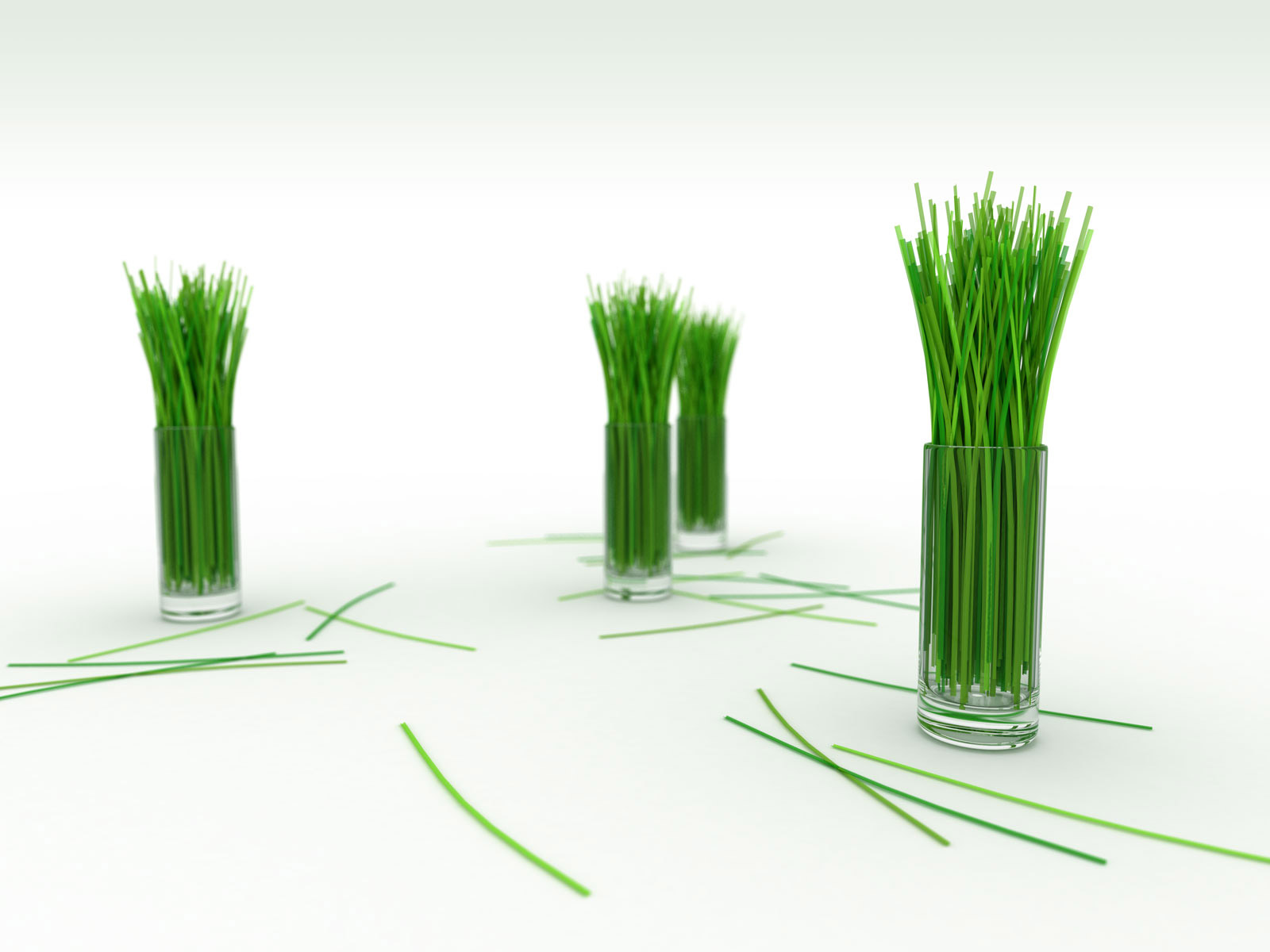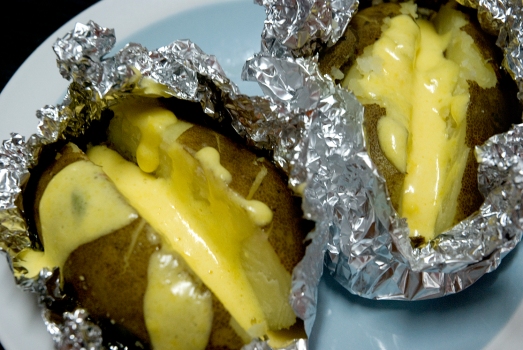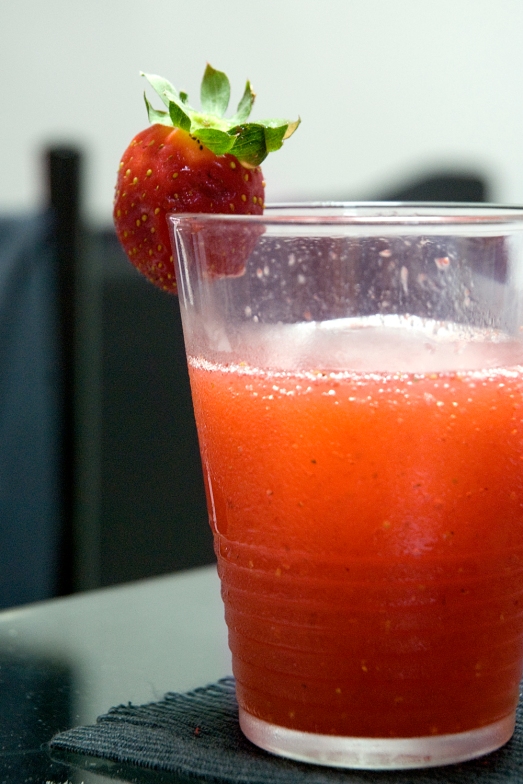There are three finese points to a perfect chicken. Though there are many variables that make one roasted chicken different from another, only three key components are essential to ensure you end up with the perfect roasted chicken: 1) Seasoning, 2) oven temperature and 3) the maintenance of juicy breast and fully cooked thighs. Seasoning in this case is salt. A chicken should be liberally salted. It should have a visible coating of salt. An agressive use of salt ensure the chicken tastes delicious. It also helps dehydrate the skin so that you wind up with a crisp brown skin and not a pale soggy one.
Chicken should be roasted in a very hot oven, at least 220 degree C, where it should accomplish two important jobs: browns the skin and cooks the leg and thigh fast, giving the breast less opportunity to dry out. The most common mistake people made that they ended up with flavorless breast is that they fail to understand what is happening in the cavity of the bird. If the leg is not tied up, or the cavity is left empty, hot air swirls around the cavity of the bird, cooking the breast from the inside out. To prevent this, you should truss the chicken (binding the legs together), which most home cooks don’t bother with. If you don’t, simply stuff the cavity with something, lemon, onion, garlic or herbs, where my preferrence is lemon.
To prevent overcooking your chicken, a 1 hour at temperature of 230 degree C is sufficient enough for a 4-pound/1.8kg bird (50 minutes for a bird under that). But as a rule of thumb, use the cavity juices to judge doneness. After 45 minutes, if you tilt the bird so the juices spill from the cavity into the rendered fat are clear instead of red in color, it is then safe to take the bird out of the oven. Once done, the chicken should be rested for a good 15 minutes before you cut into it. The bird wont get cold i promised you, since they would still be cooking internally once you’ve taken it out of the oven.
(Good enough to) serve 4
One 3 to 4 pound/1.4 to 1.8 kg chicken
1 lemon
a whole bulb of garlic
salt and freshly ground black pepper
3 to 4 pound/1.5 to 2 kg of Russet potatoes, peeled.
About an hour before cooking time, salt the chicken entirely with salt and pepper (salting the bird hours earlier in advance will result in the skin being smooth shiny and golden instead of being crispy) . Cut the potatoes to the size of a golf ball. Bring a pot of water to boil and boil the lemon, potatoes and garlic for about 10 minutes. Drain in a colander, prick the lemon a few times to let off the steam. Stuff the lemon and garlic into the cavity of the bird. Truss the chicken well. Sit the chicken inside a roasting tray just big enough to ensure the bird fit snugly. Add in the potatoes around the chicken and drizzle a good amount of olive oil so it coats the potatoes well. Slide the tray into the oven and cook for about an hour. Check the color of the juice, if it runs red, give it more time in the oven.
Remove the chicken from the oven and let rest for 15 minutes. Carve the chicken and serve with any sauces of your choice.









